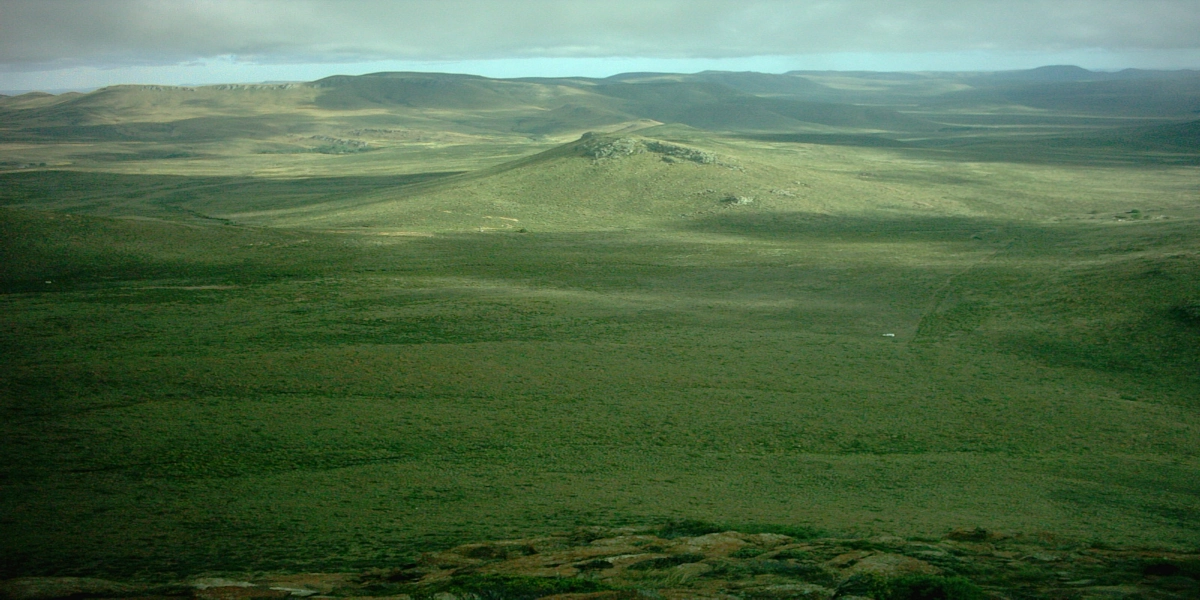
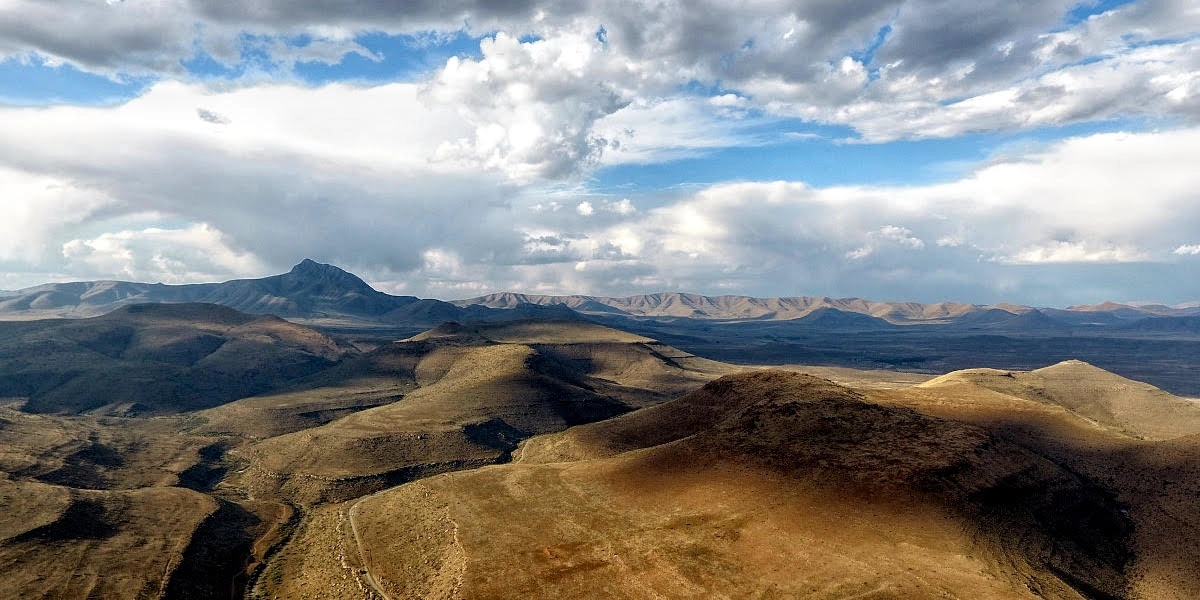
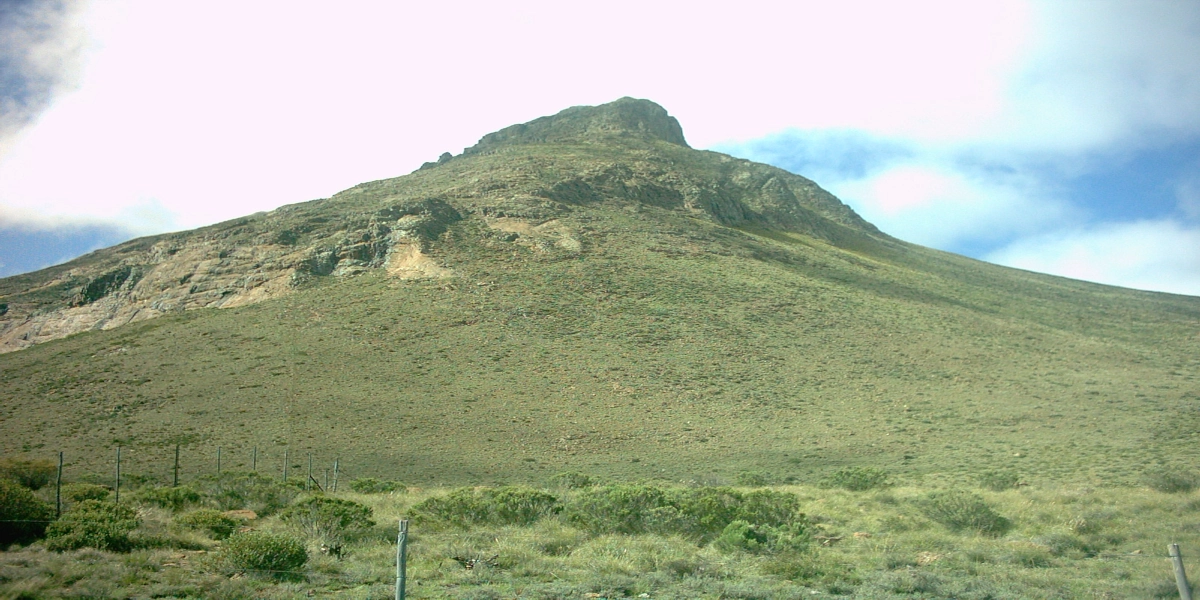
Introduction to Nieu Bethesda
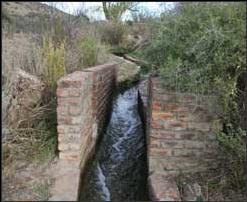
An eternal spring bubbles on the plateau just above Nieu Bethesda. Its water rises up from the village to flow downhill and through the village’s network of furrows, one of the last working furrow systems still operating daily. The babble of water is a fitting soundtrack to the serene pace of life in this small village, where the streets remain untarred and the locals greet visitors like friends.
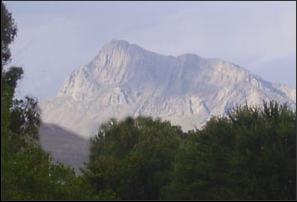
Nieu Bethesda is overlooked by Compassberg, the highest mountain in the Eastern Cape, and is lined on either side by hills. In this fertile valley lies a village waiting to enchant and beguile. Night skies are clear, velvety and unforgettable and the air is crisp and enlivening. Ancient pear trees and quince hedges edge the roads and fields. And even though the village has no street lights, it is safe to walk at any time of the day or night.
Cultural and Artistic Influence
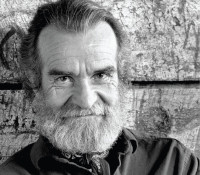
Nieu Bethesda is home to a growing number of artists, crafters and other creatives seeking a more conducive way of life. Decades ago writer Athol Fugard chose Nieu Bethesda as his inspirational home where many of his world-famous plays were written.
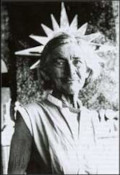
But it is Helen Martins, creator of the mystical and unforgettable Owl House and Camel Yard, who has immortalised Nieu Bethesda. It was here that she gave life and form to her unique vision, by transforming her modest house and garden with glass and cement. Now run as a museum, the Owl House is open to the public daily (except 25 December).
Nieu Bethesda’s History

Many people assume that Nieu Bethesda started as a mission station. But it was started by
a determined group of people who lived in the area and who wanted a church closer than the one in Graaff-Reinet
– over seven hours ride away in the 1870’s – these days it takes just over half an hour.
Nieu Bethesda is situated on the farm, Uitkyk, which belonged to BJ Pienaar – on his
gravestone is engraved ‘De ouers van de dorp’ (the parents of the village.) And today, many people in and around
Nieu Bethesda carry the surname or have Pienaar connections.
The farm was called Uitkyk because people were on a constant lookout for wild animals and
bushmen. There was a very strong water supply on the farm and BJ Pienaar changed the course of the Gats River to
drain the vlei’s (marshes) and turn the area into fertile lands – where Nieu Bethesda stands today.
The farmers of this area met for the first time on 15 December 1874, with a view to
establishing a village and therefore, a congregation. A dorpsraad (town council) was elected.
Then, in February 1875, a petition group of 169 men met the church council of
Graaff-Reinet, headed by the Reverend Charles Murray, son of the first dominee (preacher) Andrew Murray, and
brother of the other Andrew Murray whose books on Christianity are still read today. On the same day,
negotiations were concluded to buy Uitkyk from Pienaar’s sons.
However, only in 1878 did Graaff-Reinet agree to the petitions of the Nieu Bethesda
people. Rev. Charles Murray had made a few suggestions regarding a name and, at the founders meeting said:
“Laten sy dese plaats nu Bethesda noemen.” These words are reported to have been minuted incorrectly as “Laten
wij het Nieu Bethesda noemen.” In fact, during the prolonged negotiations, the name Nieu Bethesda had been used
frequently – probably because of the strong fountain and its biblical reference. (John 5: 2-4.)
In 1880, the church found it too difficult to run the village and a municipality came
into being with administrative rights only – the church retained the properties. This meant that residents had
to pay two taxes, an arrangement that led to friction for generations.
The first period of growth for Nieu Bethesda was from the inception of the independent
church in 1878 to about 1930. Thereafter, the village started to decline: improved transport, the Depression,
and the village’s isolated location all contributed. Then, in the late 1980’s, internationally acclaimed
playwright Athol Fugard’s play ‘The Road to Mecca’ put the village back on the map. Based on the creative life
of Helen Martins, who transformed her modest Karoo dwelling with glass and cement and a singular vision,
Fugard’s play drew international attention. Visitors started trickling into the remote village; some of them
bought property and stayed. The trickle has grown into a steady flow and Nieu Bethesda has been reborn as a
beautiful and peaceful place to spend time.
Activities and Attractions
Hiking groups find a variety of routes here – and a host of other activities – to make Nieu Bethesda a preferred destination. And school groups are well catered for, with a choice of fun and educational workshops and activities.
The village’s growing reputation as a place to unwind makes it a popular choice for those wishing to reconnect with nature and with themselves. Wildlife, birds and plants are abundant; physical pursuits are on hand; and there’s the enormous Karoo landscape. All of these – plus an element of mystery – make Nieu Bethesda a great place to just . . . be.
Remember, in keeping with its distinctive pace of life, Nieu Bethesda has no bank, credit card facilities or petrol pump.
The Cemetery
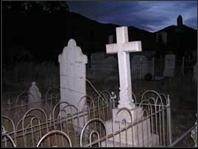
Walk around the cemetery and see graves ancient and contemporary. Adjacent to a park and
the sports grounds lies the historic graveyard of this valley. With graves dating back hundreds of years, many
of them unmarked save for their beautiful local stone; this is a peaceful and pretty place to spend quiet time.
There is at least one grave of a British soldier who died during a skirmish in the
Anglo-Boer War (a pair of local residents, of British descent, place fresh flowers on the soldier’s grave on the
anniversary of his death) and a number of touchingly small children’s graves. There is also the lavish grave of
a man very much alive and well and delivering his vegetables in Nieu Bethesda every Saturday.
The cemetery is divided along the same socio-economic line that divides the families of
the village: above the road that leads to the cemetery was known as the Onderdorp (downtown) where the poorer
people lived; below that, in the Bodorp (uptown), lived the wealthier people - so it is in the graveyard.
English speaking people were allocated space in the cemetery later.
The Dutch Reformed Church
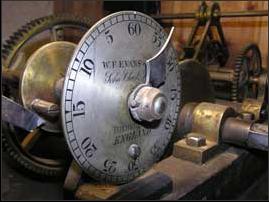
With seats for up to 700 souls, this church still hopes to be completely full again one
day. Still lit by gas chandeliers that pre-date the arrival of electricity in the village, the imposing white
church asserts its presence over the entire valley.
With a tall and elegant steeple and a clock that chimes accurately on the hour, this
historic church is still open every Sunday for its diminishing congregation. The building was inaugurated in
1905, after many services being held in BJ Pienaar’s wagon house. The Wagon House (now known as the Old Church
Hall) was then used as a church hall and a venue for English church services.